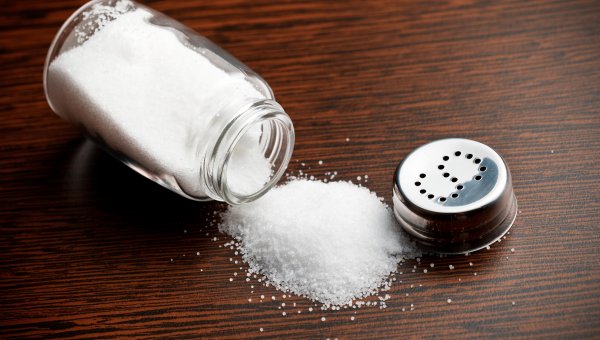A study published in the journal Environmental Science and Technology found microplastics in more than 90% of the packaged food-grade salt -- also known as table salt -- for sale in stores.
《环境科学与技术》期刊日前发表的一篇研究报告发现,商店里出售的袋装食品级盐(即食盐)中,超过90%的都含有塑料微粒。
The team, from South Korea's Incheon National University and Greenpeace East Asia, sampled 39 brands of salt harvested in 21 countries. Only three of the samples had no detectable microplastics.
韩国仁川国立大学和绿色和平东亚分部的研究团队对21个地区的39份食盐进行了取样分析,只有3个样品没有可检测到的塑料微粒。
Microplastics are virtually everywhere. Sea salt and lake salt are made by evaporating water and harvesting the salt that remains. Plastic waste flows from rivers into those bodies of water, so it's no surprise that the salt contains traces of it too.
塑料微粒实际上无处不在。海盐和湖盐都是通过将水分蒸发掉来获得盐分。废塑料从河流进入那些水体,因此食盐里也含有微量塑料就不奇怪了。
Scientists have been finding microplastics in salt for years, including in salt from China, Spain, and eight countries in Asia, Europe, and Africa.
多年来,科学家一直发现食盐含有塑料微粒,包括来自中国、西班牙和亚洲、欧洲、非洲各地的8个国家的食盐。
But the latest study goes a step further, finding that looking at where the salt was produced is a good indicator of how much plastic pollution is coming from that particular region.
但最新的研究更深入一步,发现查看食盐的生产地就能很好地说明当地塑料污染的严重程度。

The 39 samples came from Australia, Belarus, Brazil, Bulgaria, China, Croatia, France, Germany, Hungary, India, Indonesia, Italy, Korea, Pakistan, Philippines, Senegal, Taiwan, Thailand, the UK, the US, and Vietnam.
39份食盐样品分别来自澳大利亚、白俄罗斯、巴西、保加利亚、中国、克罗地亚、法国、德国、匈牙利、印度、印度尼西亚、意大利、韩国、巴基斯坦、菲律宾、中国台湾、泰国、英国、美国和越南。
Of these, 28 were sea salts, nine were rock salts, and two were lake salts.
其中28种是海盐,9种是岩盐,2种是湖盐。
Only three of the samples were microplastics-free: a refined sea salt from Taiwan, a refined rock salt from China, and an unrefined sea salt in France.
只有3份食盐样品中不含塑料微粒:分别是来自中国台湾的精制食盐、来自中国的精制岩盐和来自法国的未提炼的海盐。
Salt made in countries in Asia had by far the most microplastics of all the samples, which correlates with where plastic most often enters the ocean. Nine of the top 10 sea salts sampled with the highest amount of microplastics came from Asian countries.
亚洲生产的食盐到目前为止是所有样品中含塑料微粒最多的,这与塑料通常流入大海有关。10种塑料微粒含量最高的食盐中有9种都来自亚洲。
"The results indicate that not only is Asia a hot spot of global plastic pollution, as previous studies have suggested, but also that sea salt can be a good indicator of the magnitude of pollution in the surrounding marine environment," the researchers write.
研究人员写道:“研究结果不仅表明,亚洲是全球塑料污染最严重的危险地区--就像以前的研究所显示的那样,同时也表明,海盐是衡量周边海洋环境污染程度的一个很好的指标。”
Based on their results, the researchers estimate that the average adult ingests about 2,000 pieces of microplastic in salt per year. But, they write, that still only represents a fraction of the microplastics a person is likely to consume.
根据他们的研究结果,研究人员估计,一个成年人平均每年光从食盐里就吃进约2000粒塑料微粒。但他们写道,这可能只占一个人塑料微粒摄入量的很小一部分。













